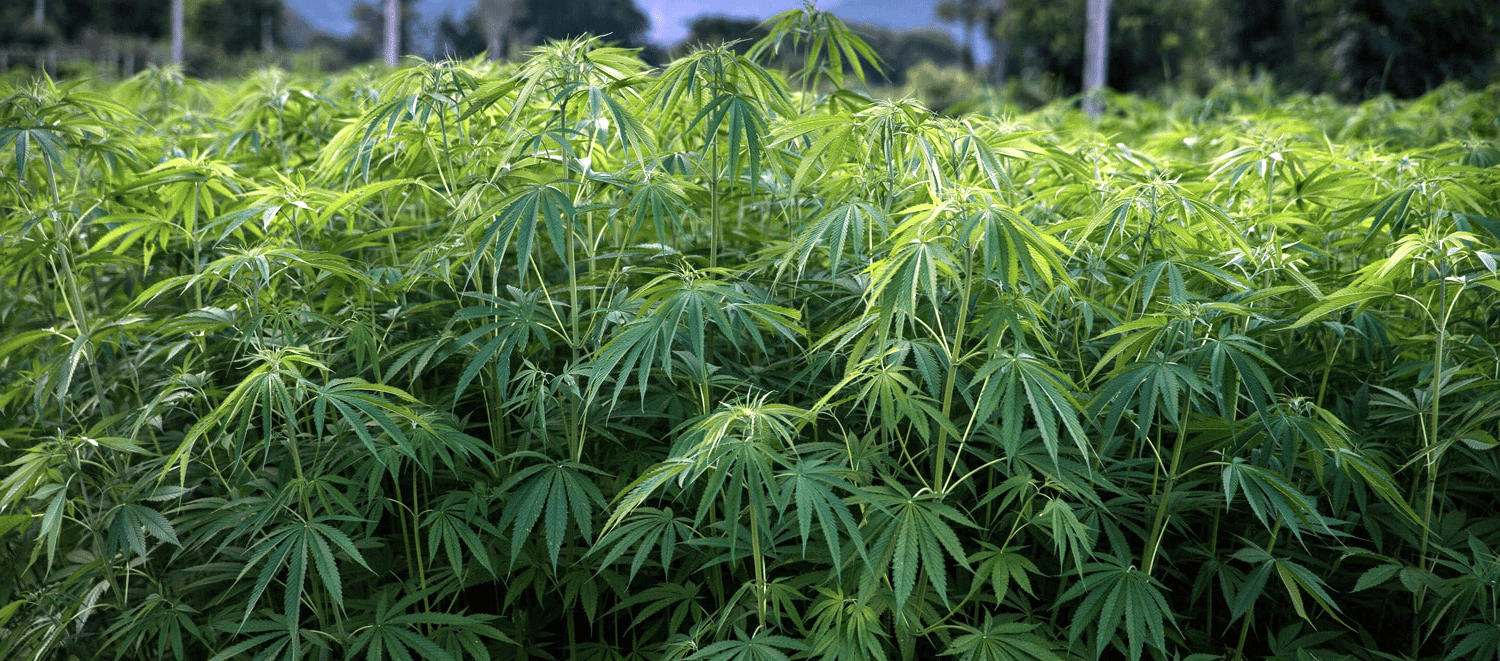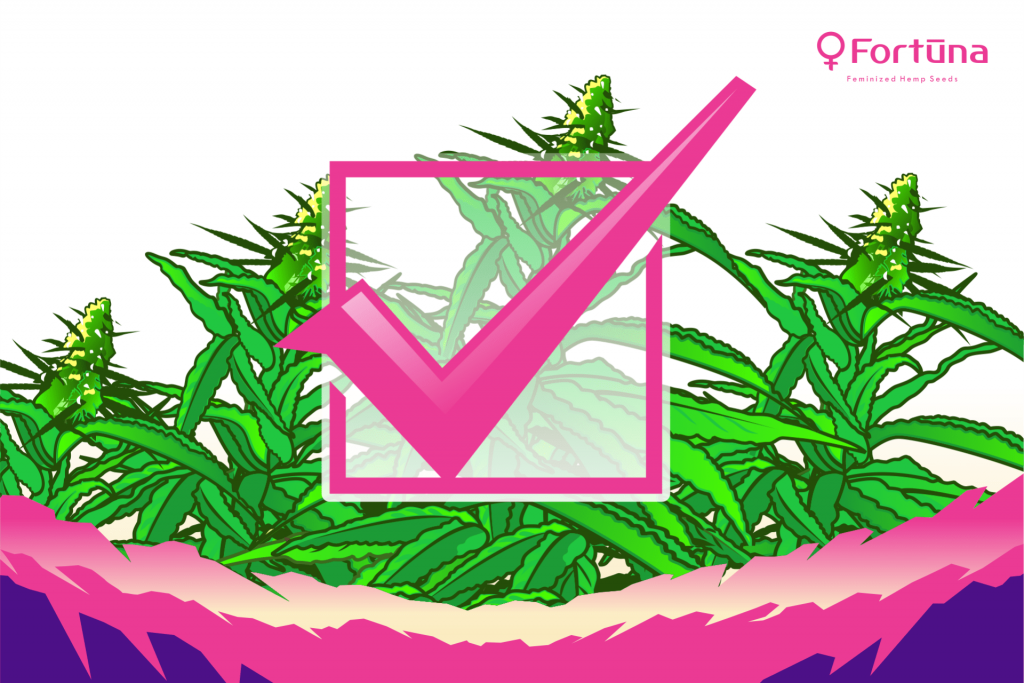
- Industrial Hemp
-
by gu
DEA hemp farming involvement is of great concern among American hemp farmers.
The USDA has reevaluated its proposed hemp farming rules following a massive outcry from American hemp farmers and processors. As a result, they have decided to omit – albeit temporarily – two key provisions involving the nation’s Drug Enforcement Agency. Specifically, the USDA no longer requires that farmers use DEA-approved testing facilities to confirm THC levels. Additionally, it no longer demands that the DEA be involved in hot crop disposal. The USDA hopes this temporary rule change will give the DEA enough time to establish the proper infrastructure necessary to handle the significant demand come harvest season.
Lab Testing Does Not Require DEA Hemp Farming Involvement

Topping the list of complaints many farmers had with the new USDA hemp farming rules is the unrealistic expectation of DEA-approved testing facilities. There are currently only a handful of DEA hemp testing facilities in operation today – not nearly enough to handle the demand of more than 500,000 acres of hemp nationwide. Farmers feared that this would create a bottleneck in testing, especially considering how quickly cannabinoids like THC develop in the weeks leading up to harvest. Delayed testing would likely cause crop THC levels to spike resulting in a significant financial loss for the majority of hemp cultivators.

The USDA acknowledges this concern regarding DEA hemp farming involvement. As a result, it has temporarily halted mandatory DEA hemp crop testing as it works to establish more DEA-approved labs. In the meantime, hemp farmers can test their crops using non-DEA-approved test labs as long as they meet standard testing requirements. To be clear, labs must still adhere to standard testing requirements as outlined by the USDA’s Interim Final Rule. These requirements include testing for total THC in decarboxylated hemp or total potential THC in samples that are not decarbed. All labs who wish to participate must have their process approved and registered by the DEA before the delayed enforcement period ends.
New Hot Crop Disposal Options
Hot crop disposal no longer requires mandatory DEA hemp farming involvement. According to the USDA’s Interim Final Rule, all crops that test over .3 percent THC are to be destroyed by law enforcement or other DEA officials. As with the previous concern, there are simply not enough DEA resources available to make this a reasonable request. Though farmers must still destroy “hot crops” (those that test above the state’s maximum THC levels for hemp), they no longer require DEA involvement to do so.
What’s more, farmers do not need to destroy a hot hemp crop entirely as long as they render it useless for consumption purposes. This temporary rule change gives farmers more disposal options, including tilling, burning, or composting the crop. Producers must also document and report the disposal of all non-compliant hemp crops according to section 990.27 of the USDA’s Interim Final Rule.

USDA-Approved Methods of Hot Crop Disposal
The USDA is currently ironing out the details regarding DEA hemp farming involvement in hot crop disposal. In the meantime, it has offered the following suggestions for hot crop disposal.
- Plowing Under: This method creates “green manure” by using curved plow blades to bury the hemp. It also helps integrate it into the subsoil. The process of plowing under re-incorporates valuable soil nutrients back into the land for later use.
- Disking: Disking integrates the crop with the soil bed, thereby amending the soil and leveling the surface of the farmland.
- Mulching or Composting: Mulching involves cutting the crop to the ground and mixing it with manure or other biomass material. In doing, farmers can create “green manure” to supplement the nutrients available for next year’s crop.
- Bush Mower: This commercial-grade lawn mower shreds thick vegetation quickly and efficiently. As a result, the biomass decomposes quicker, thus providing a nutrient-rich protective layer atop the soil bed.
- Deep Burial: This method of crop destruction involves trenching the field surface. Farmers then bury the biomass at least 12 inches deep. Deep burial helps aerate the soil deep beneath the surface, thus allowing more natural rooting and growth the following season.
- Burning: Farmers can also burn hot crops to the ground to destroy the non-compliant plant. The process improves soil conditions and prepares the field for seedling growth. Burning is especially attractive in clay-type soils because it reduces drainage and compaction problems. It also leaves the ground prime for growing small seeds.
Final Thoughts About DEA Hemp Farming Involvement
The USDA’s new hemp farming rules raised some serious concerns regarding the logistics of DEA hemp farming involvement. The USDA published the rules in late October 2019 and open public comment through December. These proposed rules prompted quite the debate between farmers and policy-makers. Fortunately, the USDA is a department dedicated to the people – and American farmers are at the center of it all. Though hemp farmers still have some concerns regarding other aspects of the USDA’s hemp farming rules, these temporary changes prove that they are listening and ready to help the American hemp farmer.
Contact us to learn more about CBD hemp farming.



